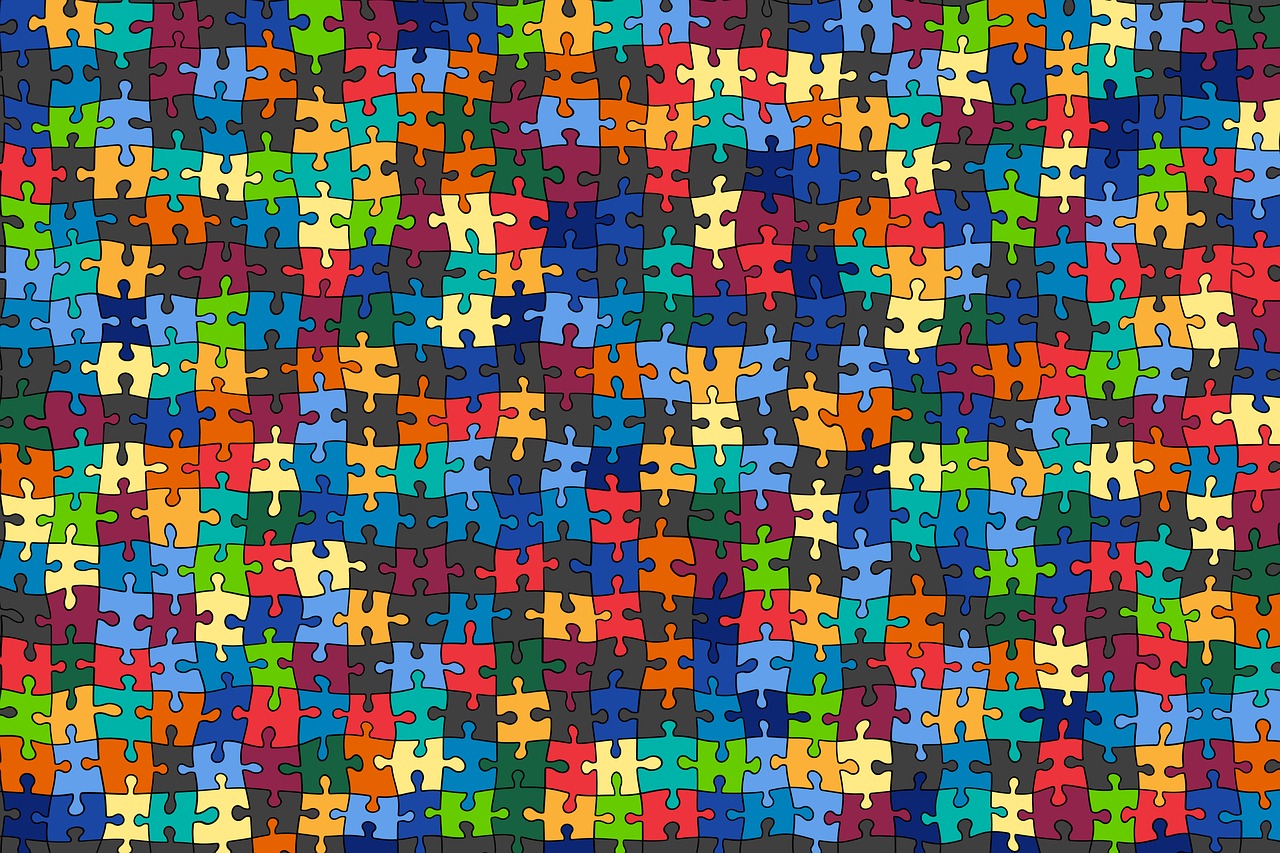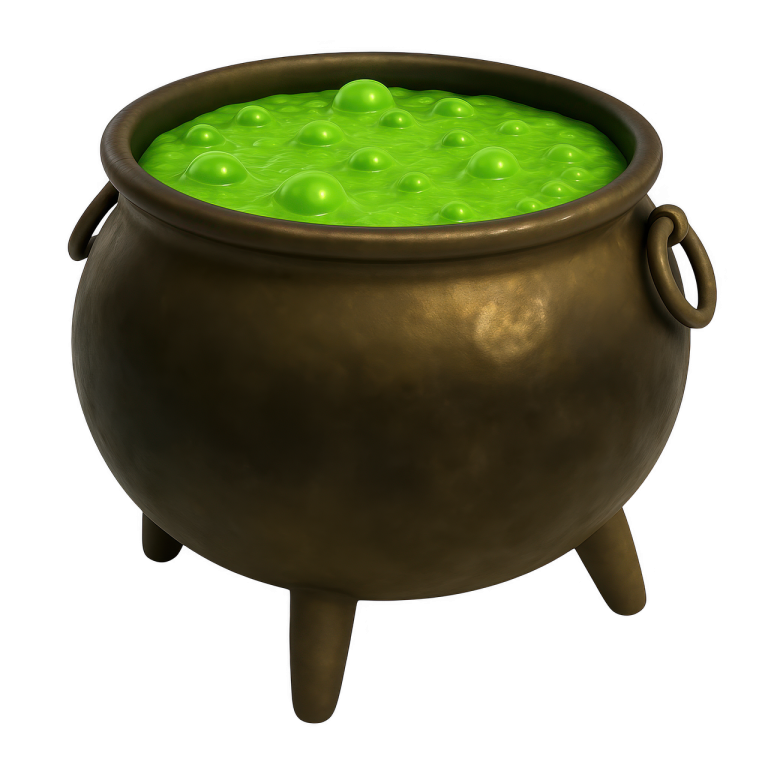
A New Reality: The Unexplored Potential of Mixed Reality Games
In recent years, the gaming industry has witnessed a significant evolution, marked by the emergence of mixed reality games that offer a seamless blend of physical and digital worlds. This innovative genre combines aspects of virtual reality (VR) and augmented reality (AR) to create immersive experiences that captivate players on a whole new level. As technology continues to advance, mixed reality (MR) games are poised to revolutionize the gaming landscape. In this article, we explore the unexplored potential of mixed reality games, examining their current state, potential applications, and the future they hold.
The Current Landscape of Mixed Reality Games
Mixed reality games are at the forefront of technological innovation, offering unique experiences that differentiate them from traditional gaming. By leveraging the capabilities of VR and AR, MR games allow players to interact with digital objects in a real-world environment. The integration of these elements creates a highly immersive experience that can be both captivating and exhilarating.
Popular titles such as Pokémon Go and Magic Leap have already showcased the potential of MR. Pokémon Go, for instance, encourages players to explore their surroundings in search of virtual creatures, while Magic Leap offers an interactive platform where digital content can be manipulated in the physical world. These games have captured the imagination of millions, demonstrating the allure and potential of mixed reality gaming.
Applications Beyond Entertainment
While gaming is the most obvious application of mixed reality, the technology’s potential extends far beyond mere entertainment. MR games have the power to transform various sectors, including education, healthcare, and real estate.
In education, mixed reality can create interactive and engaging learning experiences. Imagine students donning MR headsets to explore historical events or scientific phenomena in 3D. This immersive approach can enhance understanding and retention, making learning more effective and enjoyable. For example, medical students could practice surgical procedures in a controlled, virtual environment, honing their skills without risk.

In healthcare, MR games can aid in physical therapy and rehabilitation. By gamifying exercises, patients can engage in their recovery process more enthusiastically. Additionally, MR can help in mental health treatment by creating calming virtual environments or simulating situations for exposure therapy.
Real estate professionals can utilize mixed reality to offer virtual property tours, allowing potential buyers to visualize spaces before making a purchase. This application can streamline the buying process and enhance decision-making.
Technological Challenges and Opportunities
Despite its promise, the widespread adoption of mixed reality gaming faces several technological challenges. High development costs, hardware limitations, and the need for seamless integration between digital and physical elements are some of the hurdles developers must overcome.
However, these challenges present opportunities for innovation. As hardware becomes more affordable and powerful, the development of MR games can accelerate. The introduction of 5G technology also plays a crucial role, offering faster data transfer speeds and lower latency, which are essential for a smooth MR experience.
Moreover, advancements in artificial intelligence and machine learning can enhance the interactivity and realism of mixed reality games. By creating more responsive and intelligent virtual elements, developers can deliver experiences that are both engaging and lifelike.
The Future of Mixed Reality Games
The future of mixed reality games is bright, with endless possibilities waiting to be explored. As technology continues to evolve, we can expect MR games to become more sophisticated and accessible, appealing to a broader audience. Developers will likely experiment with new genres and gameplay mechanics, pushing the boundaries of what is possible in the gaming space.
One exciting prospect is the integration of mixed reality with social gaming. Imagine collaborating with friends in a shared virtual space, solving puzzles, or embarking on adventures together. This social dimension can enhance the sense of connection and community, making gaming a more inclusive and interactive experience.

Furthermore, as more industries recognize the potential of mixed reality, we may see an increase in cross-industry collaborations. This convergence can lead to innovative experiences that blur the lines between work and play, education and entertainment.
Takeaways
Mixed reality games represent a new frontier in the gaming industry, offering unparalleled opportunities for innovation and engagement. By combining the best aspects of virtual and augmented reality, MR games create immersive experiences that captivate players and transcend traditional gaming boundaries.
As technology continues to advance, the potential applications of mixed reality will only grow, impacting various sectors and enhancing our daily lives. The future of mixed reality games is not just about entertainment; it’s about redefining how we interact with the world around us. Embracing this new reality holds the promise of a more immersive, connected, and exciting future for all.
Mixed Reality in Cultural and Artistic Expression
Beyond the realms of gaming and practical applications, mixed reality is poised to make significant contributions to cultural and artistic expression. Artists and creators are increasingly exploring MR as a medium to craft unique, interactive art pieces that challenge perceptions and engage audiences in new ways.
Imagine attending an art exhibition where you can step into the artwork itself, walking through a three-dimensional painting or interacting with digital sculptures that respond to your movements. Such experiences can transform the traditional art gallery into a dynamic, participatory environment, blurring the line between observer and participant.
Furthermore, mixed reality can breathe new life into historical and cultural landmarks. By overlaying digital reconstructions onto real-world sites, visitors can experience history in a deeply immersive manner, witnessing events as they once unfolded. This approach can enhance tourism and education, offering a richer understanding of cultural heritage.
Economic Impact and Business Opportunities
The rise of mixed reality games and applications presents significant economic potential. As the technology matures, new business models and revenue streams are likely to emerge. From in-game purchases and subscription services to advertising and sponsorships, MR games offer diverse opportunities for monetization.

Companies can also leverage mixed reality for marketing and brand engagement. By creating interactive promotions or virtual product demonstrations, businesses can engage consumers in a more meaningful way, fostering brand loyalty and driving sales. For example, a car manufacturer could offer a virtual test drive experience, allowing potential buyers to explore models and features without visiting a dealership.
Additionally, the demand for mixed reality content is likely to spur job creation across various sectors. Developers, designers, and content creators specializing in MR will be in high demand, driving growth in the tech industry and supporting economic development.
Ethical Considerations and Social Impact
As with any emerging technology, the development and deployment of mixed reality games raise important ethical considerations. Issues such as data privacy, digital addiction, and the impact on mental health must be carefully addressed to ensure responsible use of MR technology.
Developers and policymakers must work together to establish guidelines and best practices that protect users while fostering innovation. Ensuring that MR experiences are inclusive and accessible to all is also crucial, as the technology should empower, rather than marginalize, different segments of society.
Furthermore, the social implications of mixed reality games warrant attention. As these experiences become more prevalent, they have the potential to influence how we interact with each other and the world. While MR can foster connection and collaboration, it may also contribute to isolation if not balanced with real-world interactions.
Conclusion: Embracing the Mixed Reality Revolution
The unexplored potential of mixed reality games signifies a profound shift in how we perceive and engage with digital content. By merging virtual and physical realities, MR games offer experiences that are immersive, interactive, and transformative.
As we navigate this new frontier, embracing the mixed reality revolution requires a commitment to innovation, ethical responsibility, and inclusivity. By harnessing the power of MR, we can unlock new opportunities across entertainment, education, healthcare, and beyond, ultimately enriching our lives and expanding our horizons.

The journey into this new reality is just beginning, and the possibilities are as limitless as our imagination. As we continue to explore the potential of mixed reality, we step into a future where the boundaries of reality are redefined, and the extraordinary becomes an everyday experience.
Integration with Other Emerging Technologies
The potential of mixed reality becomes even more pronounced when integrated with other emerging technologies. The convergence of MR with artificial intelligence (AI), the Internet of Things (IoT), and blockchain can create groundbreaking experiences and applications that were previously unimaginable.
For instance, AI can significantly enhance the interactivity and realism of MR games by providing adaptive challenges and intelligent virtual characters that learn and respond to player behavior. This can lead to more personalized and engaging experiences where the game evolves alongside the player.
Similarly, the IoT can enable MR games to interact with smart devices in the real world. Imagine a game where the environment adapts based on real-time data from connected devices, such as weather conditions or traffic patterns. This integration can create more dynamic and contextually relevant experiences, enhancing immersion.
Moreover, blockchain technology can offer new paradigms for ownership and monetization within MR games. By leveraging decentralized ledgers, players can truly own in-game assets, trade them securely, and ensure authenticity and scarcity. This could lead to robust digital economies within MR platforms, where players can derive real-world value from their virtual achievements.
Community-Driven Development and Open Source Innovation
The future of mixed reality games is not solely in the hands of large developers and corporations. The open-source movement and community-driven development can play a pivotal role in shaping the landscape of MR gaming. By fostering a culture of collaboration and shared knowledge, developers can accelerate innovation and create more diverse and inclusive experiences.

Community-driven platforms and open-source tools can empower independent developers and enthusiasts to experiment with MR technologies, creating niche experiences that cater to specific interests and audiences. This democratization of MR development can lead to a more vibrant and varied gaming ecosystem, where creativity thrives.
Furthermore, community feedback and participation can guide the evolution of MR games, ensuring that they remain aligned with player expectations and desires. By embracing open development practices, developers can build stronger relationships with their audience and create games that resonate on a deeper level.
Navigating the Challenges Ahead
As we look to the future of mixed reality games, it is essential to acknowledge and address the challenges that lie ahead. Technical limitations, such as battery life and processing power, continue to pose hurdles for MR hardware. Additionally, ensuring widespread access to the technology remains a priority, as not all players have the means to invest in high-end devices.
To overcome these challenges, collaboration between industry leaders, researchers, and policymakers is crucial. By working together, they can drive innovation, reduce costs, and improve accessibility, paving the way for a more inclusive MR gaming landscape.
Moreover, fostering a culture of responsible gaming is vital to mitigate potential negative impacts on players’ well-being. By promoting healthy gaming habits and designing experiences that encourage balance, developers can ensure that MR games contribute positively to players’ lives.
The Road Ahead: A Call to Innovate
The unexplored potential of mixed reality games invites us to reimagine what is possible in the realm of digital experiences. As we stand on the cusp of this exciting new era, the call to innovate is louder than ever. By embracing the challenges and opportunities presented by MR technology, we can create a future where the boundaries of reality are continually expanded.
Whether through groundbreaking games, transformative applications, or new forms of artistic expression, mixed reality has the power to enrich our lives and redefine our interactions with the digital world. The journey ahead is full of promise, and as a community of creators, developers, and players, we have the opportunity to shape this new reality for the better.
The time to explore, innovate, and dream big is now. As we venture into the world of mixed reality, the only limit is our imagination, and the possibilities are as vast as the worlds we have yet to create.



